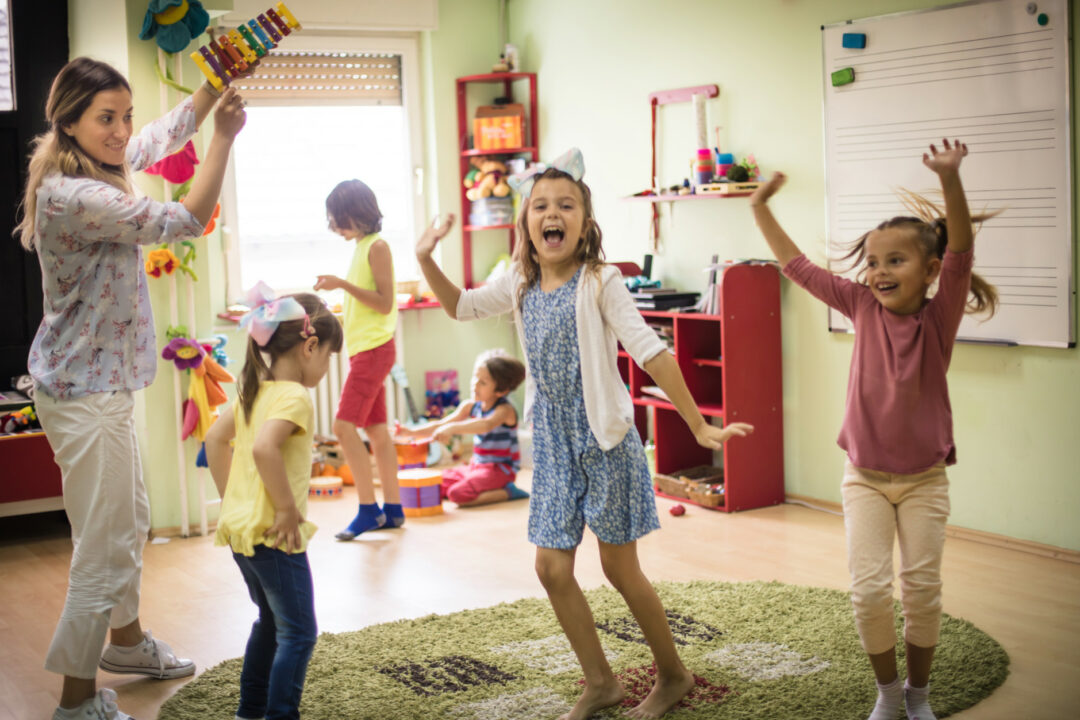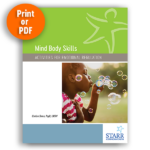In the vibrant realm of shaping young minds, where every moment holds the potential for transformation, we often encounter challenges that disrupt the journey of growth and learning. However, amidst these moments lies an opportunity to transform behaviors and lives. At Starr Commonwealth, we believe in the power of joy, resilience, and trauma-informed care to create safe and supportive classrooms where every student can thrive. Join us on a journey to explore practical time-in strategies designed to nurture resilience, foster connection, and empower both you and your students.
Embracing Time-In Strategies
As trauma-responsive educators, we firmly believe in the stark contrast between time-in strategies, which nurture a student’s sense of belonging and resilience, and exclusionary practices that jeopardize their connection to the school community. By embracing time-in approaches, we prioritize building supportive relationships and fostering a culture where every student feels valued, respected, and empowered to thrive.
Time-in strategies offer a beacon of hope, guiding us toward meaningful connections and transformative moments in the classroom. Instead of resorting to punitive measures, time-in strategies invite students into a space of reflection, growth, and restoration.
Practical and Proactive Strategies
- Mindful Moments: Begin each day with a mindful moment, inviting students to center themselves through deep breathing or gentle stretches. These mindful moments can include no movement, small movements, or large movements depending on what the student’s body needs to achieve regulation. This sets a positive tone for the day and cultivates emotional regulation skills.
- Emotion Check-Ins: Create a safe space for students to express their emotions through check-in circles or journaling exercises. Encourage active listening and validation of each other’s experiences, fostering empathy and a sense of belonging.
- Calm Corners: Designate a cozy corner in the classroom equipped with calming activities such as coloring books, sensory bottles, or soft pillows. This provides students with a refuge to self-regulate and recharge during moments of distress.
- Strength-Based Affirmations: Integrate strength-based affirmations into daily routines, acknowledging each student’s unique talents and contributions. Celebrate their resilience and growth, fostering a culture of positivity and self-empowerment.
- Restorative Circles: Engage in restorative circles to address conflicts or challenges within the classroom community. Facilitate open dialogue, active listening, and collaborative problem-solving, promoting accountability and reconciliation.
Responding to ‘Disruptive’ Behavior
When faced with behaviors that are disruptive to the learning environment, it’s essential to approach them with empathy and a trauma-informed lens. First and foremost, we must always remember to maintain our curious mindset, being inquisitive about what the child is attempting to communicate to us. What need has not been met for that child that they are seeking to get met in the best way they know how? Instead of reacting impulsively, consider the underlying needs or triggers behind the behavior. Here are some strategies to respond effectively:
- Stay Calm: Maintain a calm demeanor and avoid escalating the situation. Take a moment to breathe and collect your thoughts before responding.
- Validate Feelings: Acknowledge the student’s emotions and validate their experiences. Let them know you’re here to support and help them navigate through challenges.
- Offer Choices: Provide the student with options to regain control and autonomy. Offer alternative activities or ways to address their needs within the classroom environment.
- Reconnect: Focus on rebuilding the connection with the student through positive interactions and reaffirmation of their strengths. Emphasize that mistakes are opportunities for growth and learning.
Embrace the Journey
As you embark on implementing these time-in strategies, remember that change takes time and patience. Embrace the process with an open heart, knowing that each small step you take has the potential to make a profound difference in the lives of your students.
Trust in the resilience of your students and yourself. Together, let’s create classrooms where joy, compassion, and learning flourish hand in hand. Let’s cultivate a culture of connection and empowerment, one time-in strategy at a time.








